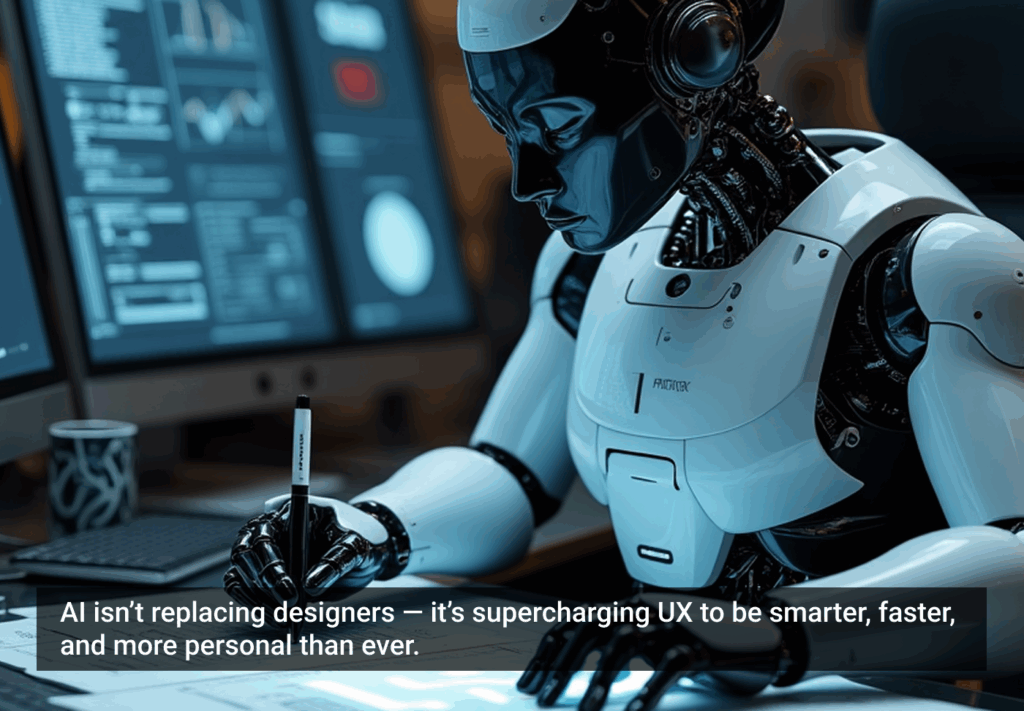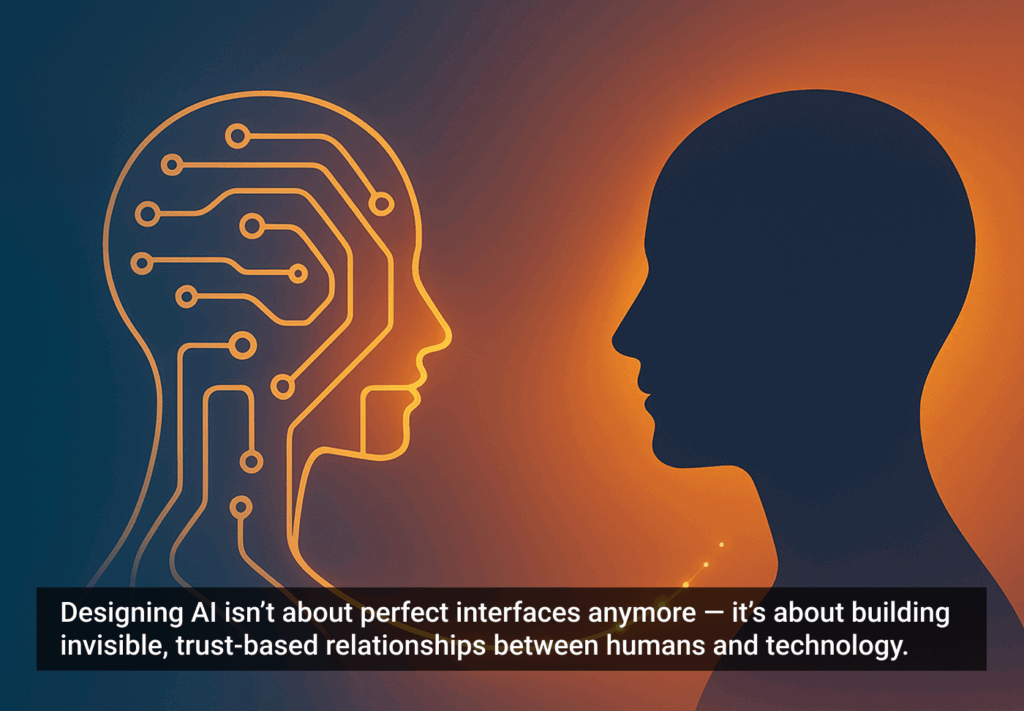Today we’re excited to announce that the official awards showcase site for the Design for Experience awards is live!
We announced winners in the DfE awards here last week, but the official awards site gives you the opportunity to dig deeper into each winning application. From the beginning we crafted this awards program to be a learning resource for the experience design community, and the awards site marks the first step turning the results of the competition into a shared learning tool.
The winners in each category were chosen in large part based on what the UX community can learn from their achievements, and later this week, we’ll make the finalists’ applications visible as well. Starting next week, we will begin exploring the results in each category through a series of articles here in UX Magazine.
We want these materials to be as insipiring and informative as possible and welcome thoughtful community engagement.







